
There’s something timeless about a caned chair. Whether it’s a family heirloom, a flea market find, or part of your home’s classic decor, caned furniture adds character and charm that’s hard to replicate. But like all things vintage, it needs care—and sometimes, more than just a DIY fix.
If you’re wondering whether your chair needs more than a quick touch-up, here are five signs it’s time to call in professional caning repair & restoration services.
1. The Cane is Sagging or Loose
One of the most obvious signs your chair needs attention is sagging cane. Over time, natural wear, temperature fluctuations, and frequent use stretch the cane strands, making the seat or backrest lose its firmness.
You might notice that when you sit down, the chair sags noticeably, or you feel less support. This isn’t just uncomfortable—it’s a warning that the cane is weakening and may soon give way entirely. If your chair feels like a hammock instead of a seat, it’s time for restoration.
2. Cracks, Splits, or Holes in the Cane
Even a small crack or split in the cane can quickly worsen. Natural cane is durable but not invincible. Exposure to sunlight, humidity, or dry air can cause brittleness, leading to breakage.
Look closely: Are there any broken strands? Tiny holes forming near the joints? If yes, it’s best to get ahead of the problem. Professional caning repair & restoration services can replace individual sections or recane the entire piece, depending on the damage.
3. Visible Mold, Mildew, or Water Damage
Because cane is a natural, porous material, it's particularly vulnerable to moisture. If your caned chair has been stored in a damp basement or humid room, you might notice signs of mold or mildew. That musty smell? It’s a red flag.
Water damage can also darken the cane or leave unsightly stains. Restoration experts can treat or replace the affected cane and restore the frame to its original glory, preventing further deterioration.
4. Discoloration and Fading
If your caned furniture has lost its warm, golden hue and looks dull or bleached, it's likely suffering from UV damage or simply aging beyond its prime. Sunlight can cause uneven fading, while time can make the cane appear lifeless.
While some discoloration is natural, extreme fading is a sign your furniture might benefit from a refresh. A professional can not only recane the piece but also apply appropriate finishes and protectants to ensure longevity.
5. It Just Doesn’t Feel Secure Anymore
Does the chair creak every time you sit on it? Does it wobble or feel unstable? Even if the cane looks okay, the joints or structure might be compromised. Often, the wood frame of a caned chair loosens with age, requiring more than just a cane replacement.
Professional restoration goes beyond the surface—it reinforces the structure, tightens joints, and ensures that the final piece is both beautiful and safe to use.
Don’t Wait Until It’s Too Late
Caned chairs are more than just furniture; they often hold sentimental and historic value. But without proper care, they can deteriorate quickly. If you’ve noticed any of these signs, it’s time to invest in professional help.
At Jardin Wicker, our caning repair & restoration services are trusted by collectors, homeowners, and vintage lovers alike. Whether it’s hand-woven or machine-caned, we restore your piece with craftsmanship and care, ensuring it lasts for years to come.
So before that minor sag becomes a major collapse, reach out and give your caned furniture the expert attention it deserves.

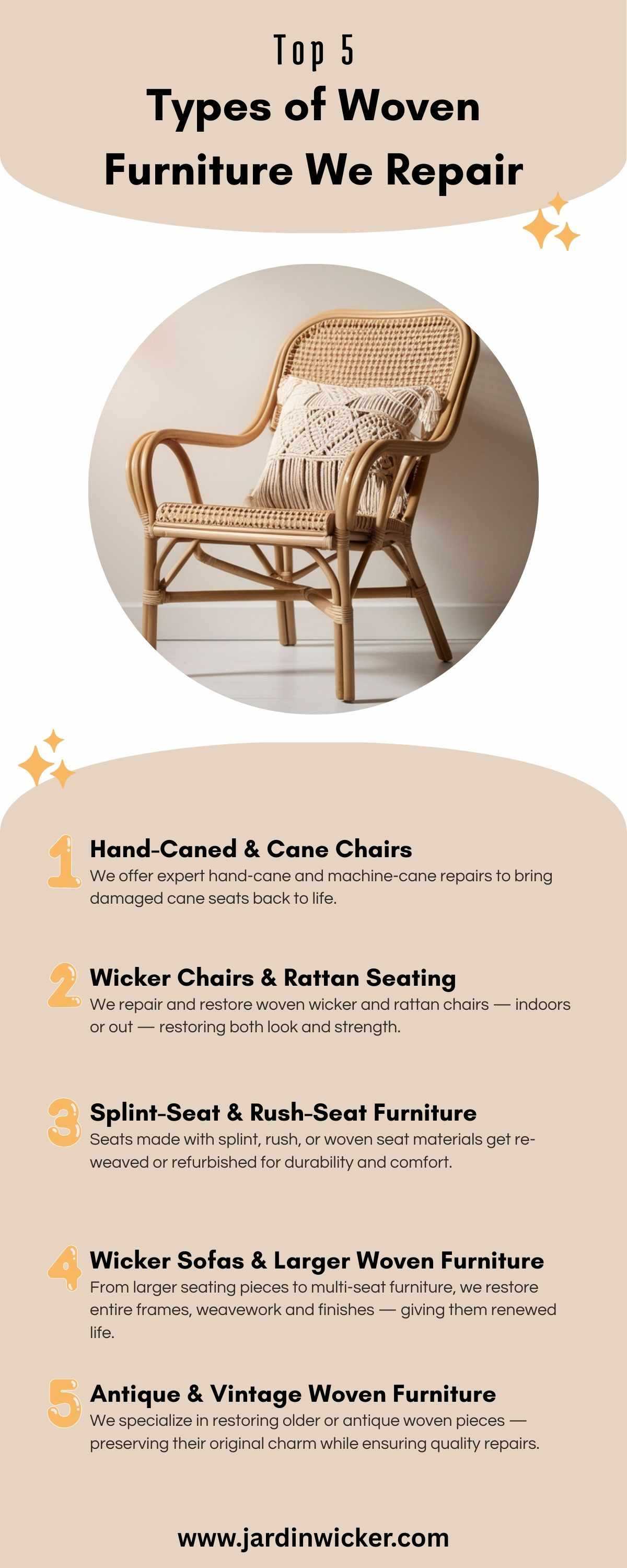
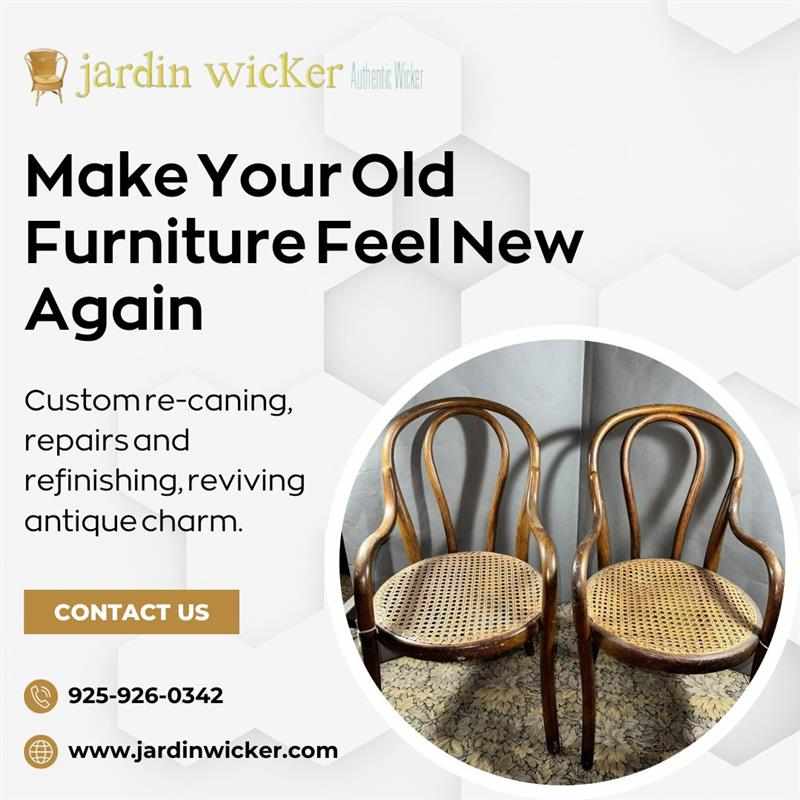

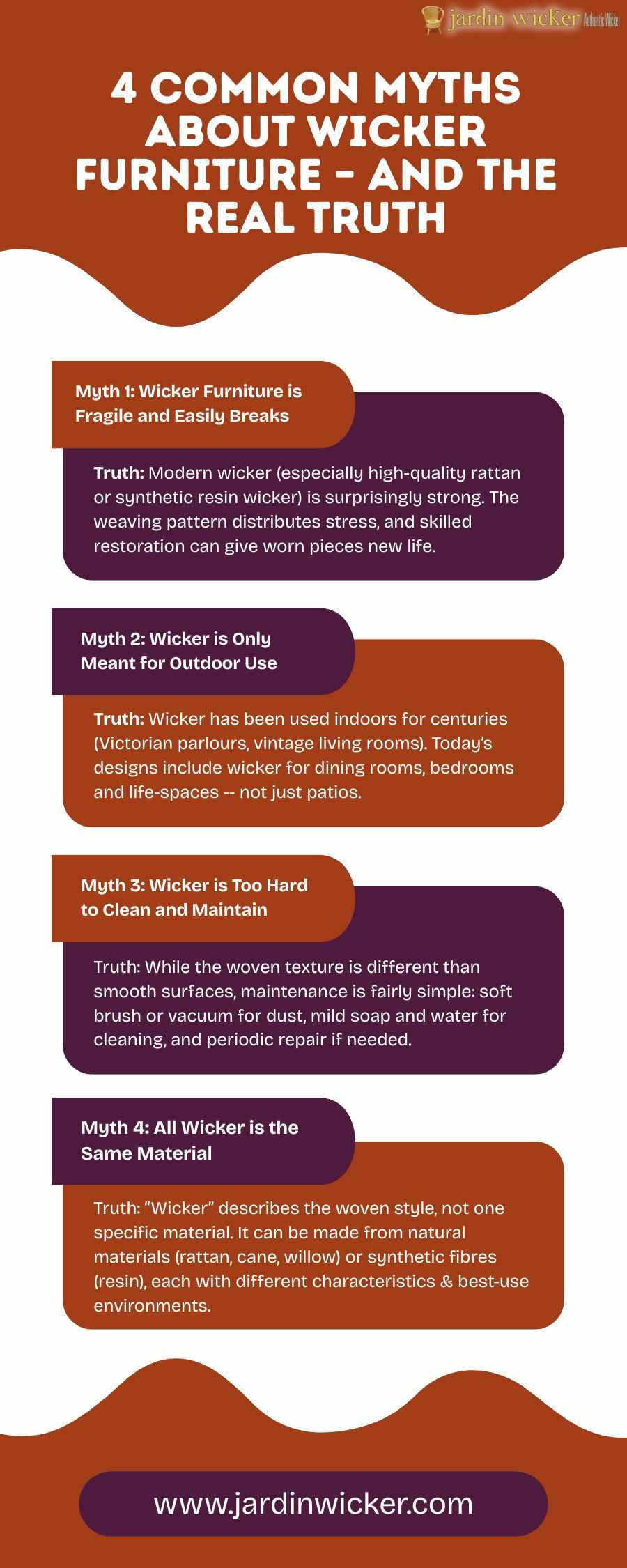

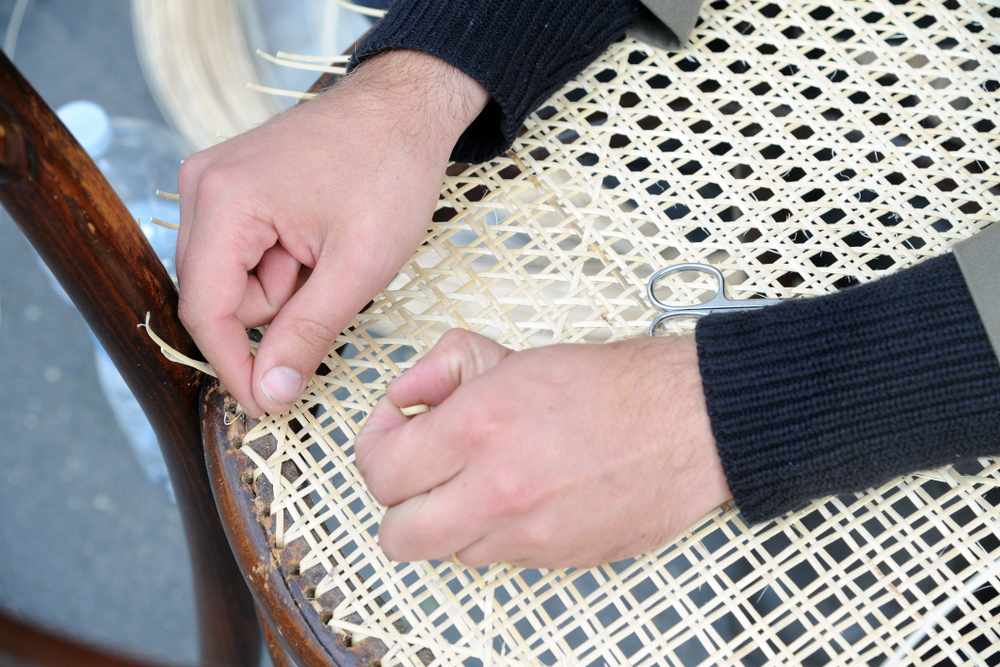

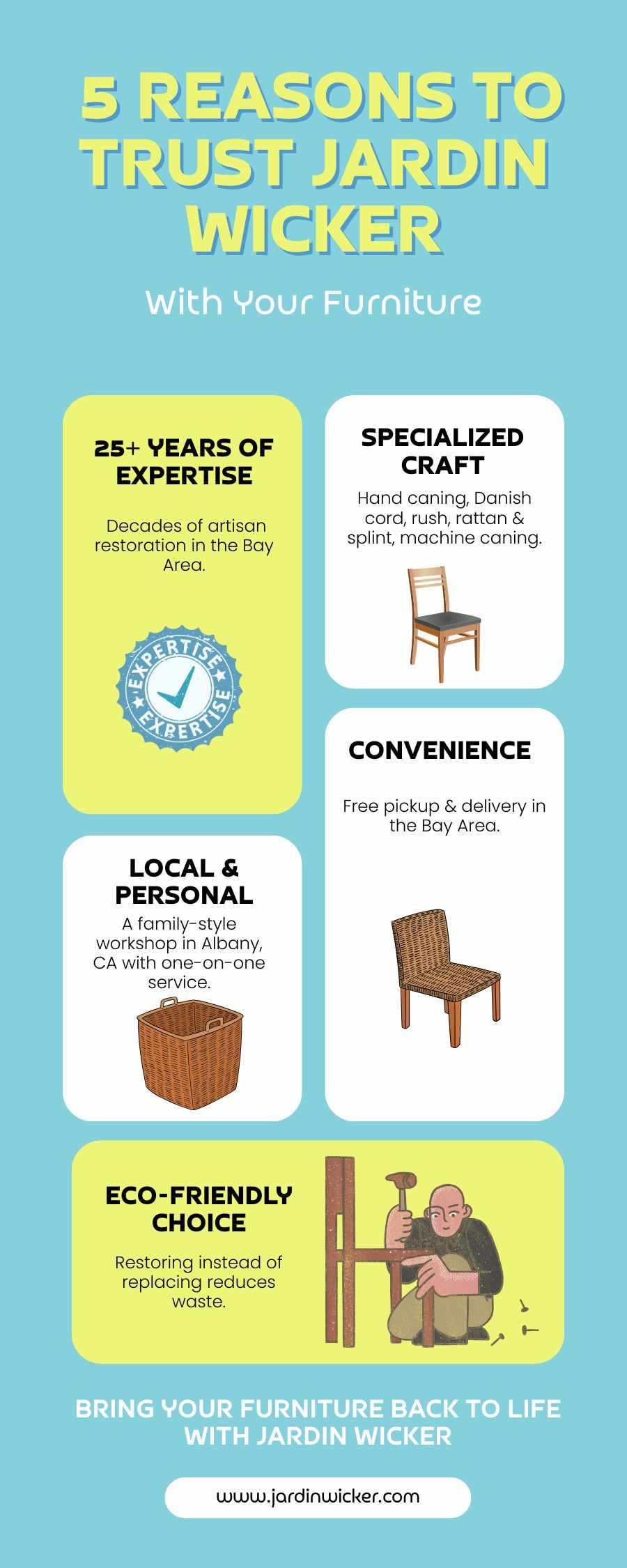
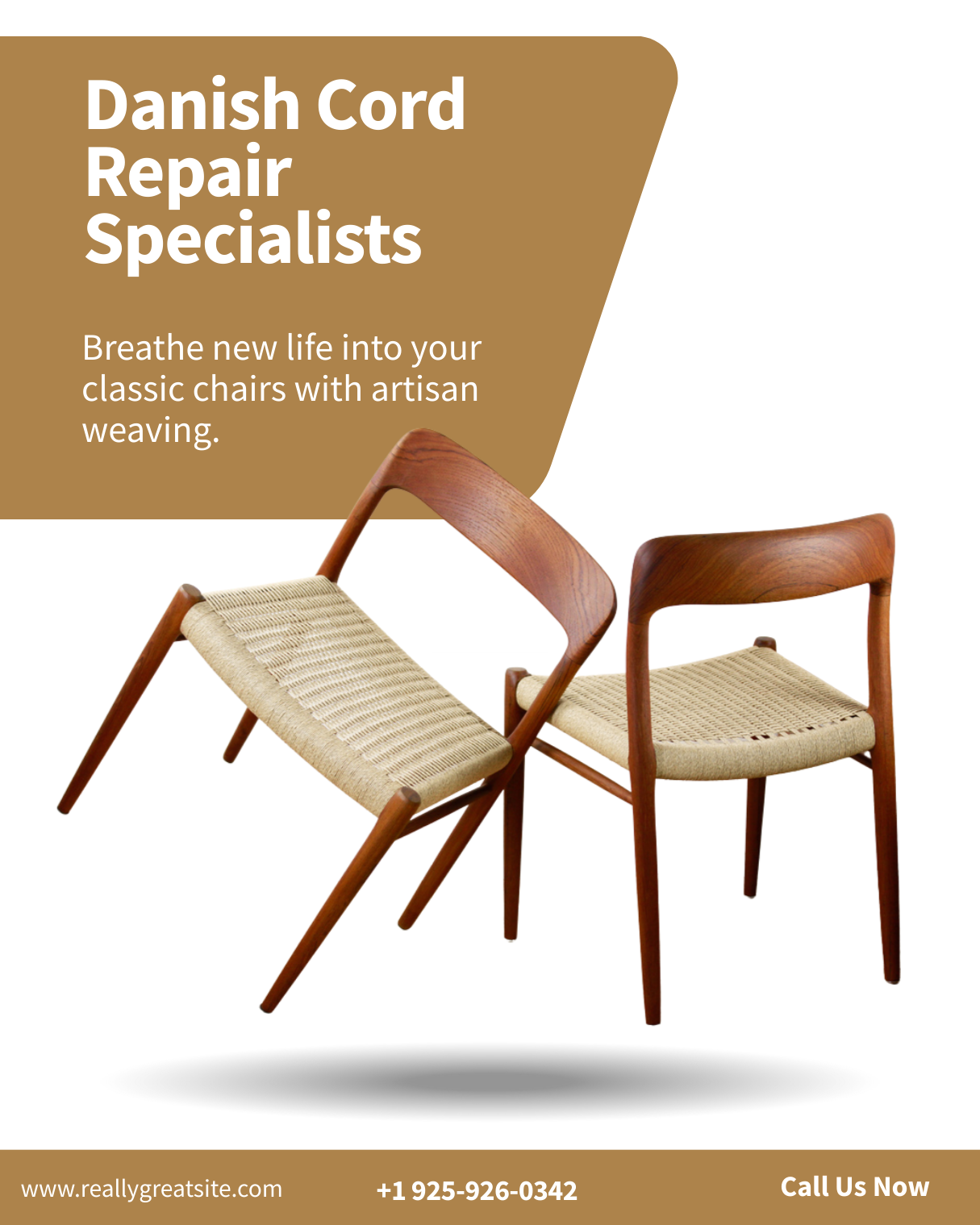


Write a comment ...